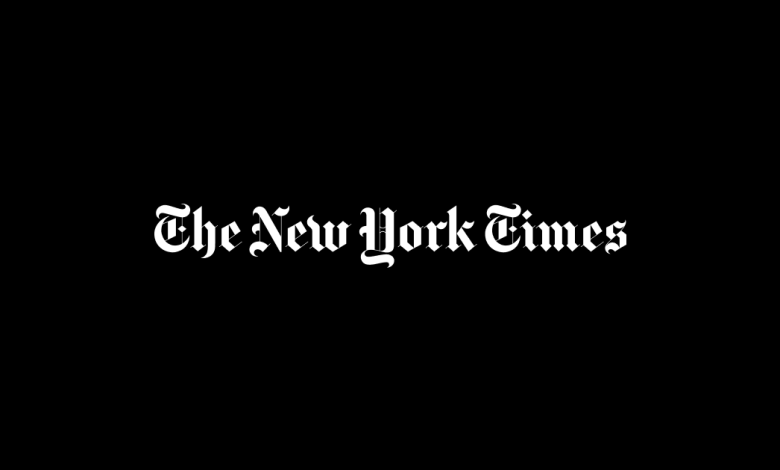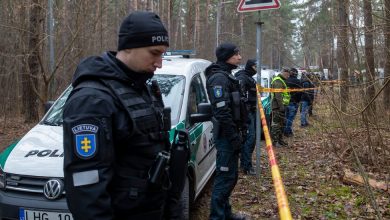Russian Ruble Slides Past 100 Against the Dollar

The Russian ruble slumped past 100 per U.S. dollar on Monday, its lowest level since March 2022, the month after President Vladimir V. Putin launched Moscow’s full-scale invasion of Ukraine.
As the currency weakened, the Russian central bank issued a statement to the news agency Interfax saying there was “no threat to financial stability,” but that it would consider raising interest rates at its coming meetings.
The ruble is down by more than 25 percent against the dollar since the start of the year. Its decline has led to fears of rising inflation and prompted Kremlin cheerleaders to lash out at the country’s financial authorities in state media.
Maksim S. Oreshkin, an economic adviser to Mr. Putin, wrote in an opinion column for the Russian state news agency Tass on Monday that the “main source of ruble weakening and inflation acceleration is loose monetary policy,” and that the Russian central bank had “all the necessary tools to normalize the situation in the near future.”
“A weak ruble complicates the restructuring of the economy and negatively affects the real incomes of the population,” he wrote. “A strong ruble is in the interests of the Russian economy.”
Last week Vladimir Solovyov, a commentator on Russian television who champions the Kremlin, said the falling value of the ruble was a subject of global mockery.
On Thursday, in a move to bolster the ruble, Russia’s central bank said it would halt its purchases of foreign currency for the remainder of the year.
On Monday, it followed that up with a statement to Interfax saying that it “admits the possibility of raising the key rate at the next meetings.” Last month, the central bank raised its benchmark interest rate by a full percentage point, to 8.5 percent. It was the first large increase in more than a year. Its next meeting is in September.
Russia’s annual rate of inflation reached 4.3 percent in July, and the central bank forecast that it could rise to as high as 6 percent by the end of the year.
The concerns over the ruble and inflation are the latest squall of financial volatility unleashed by Mr. Putin’s war against Ukraine. The government’s widening budget deficits are also raising concerns about the sustainability of Russia’s intense spending on the war.
Despite these challenges, Russia’s economy grew 4.9 percent in the April-to-June period compared with a year earlier, the government said Friday, a better-than-expected result and the country’s first annual gain in economic growth since the start of the war in Ukraine.
In July, the International Monetary Fund raised its forecast for Russia’s economic growth in 2023 to 1.5 percent, from 0.7 percent. In 2022, the country’s gross domestic product shrank 2.1 percent. Russia’s growth has been largely driven by state spending on the war effort, which has fueled inflation and driven up budget deficits.
After invading Ukraine in February 2022, Russia struggled to plug holes in its economy caused by an onslaught of Western sanctions and an exodus of capital and assets, while the ruble slipped to as low as 135 per dollar. But a spike in oil prices and falling imports helped the ruble recover and led to a record trade surplus of $221 billion in 2022.
This year, the surplus has shrunk and oil revenues have fallen, because of a Western embargo and a price cap.
Oleg Matsnev contributed reporting.




